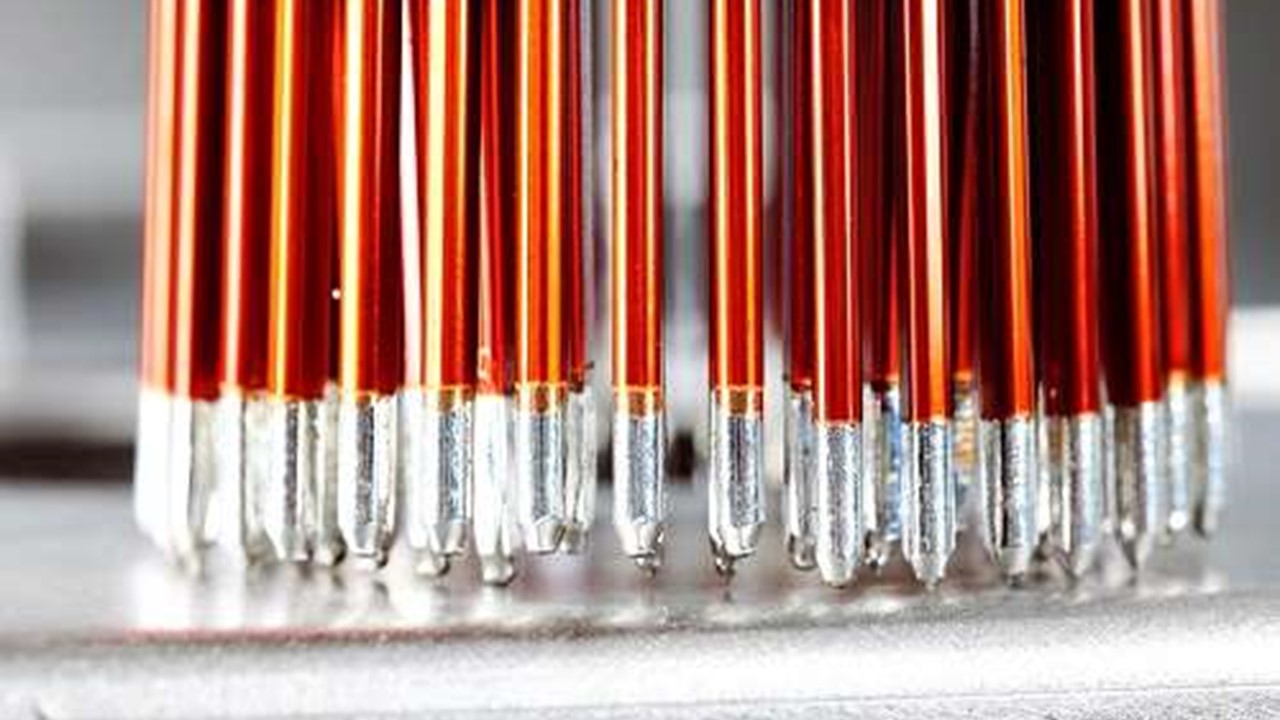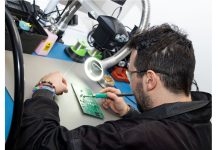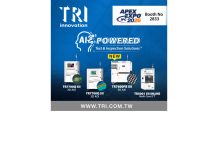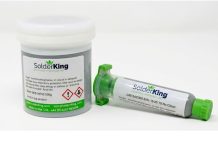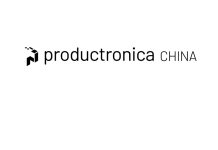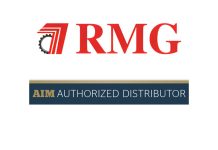Enameled copper wire technology is a core process for manufacturing current and future mobility requirements. Today’s e-mobility concepts require a large number of switching and transformation components, coilformers, magnetic heads, sensors, relays and other electronic components, which also require enameled copper wire technology to manufacture.
Enameled wire manufacturers are constantly developing new products to meet these diverse requirements. These are provided with a wide variety of insulation materials, some of which are also newly developed, in order to improve the insulation class and thermal resistance for future end products. “This development constantly confronts us with challenges,” says Matthias Fehrenbach, Managing Director of Eutect GmbH. After all, components coated with polyurethane or polyesterimide cannot be processed using conventional soldering techniques in a normal atmosphere without oxide formation or insulation residues. However, these significantly reduce the final soldering quality of the tinned wire.
Eutect’s modular system includes selective soldering processes that allow coated enameled copper wires to be thermally stripped and tinned in a single step and without additional removal of the insulation. “The lead-free processing, with all its characteristic process intricacies regarding the specific solder alloy, the flux, and the temperature-time profile with flowing or standing solder melt, constitutes the overarching core know-how of a targeted process execution.” Eutect has developed soldering systems that reach temperatures of up to 475 °C. These systems work with the flowing solder wave.
It is important to achieve high quality in copper stripping and leaching. Process-friendly and product-specific stripping is defined by means of the flowing solder melt and an exact temperature-time curve. Newly developed solders with doping properties are used to counteract various negative effects. These reduce wire alloying, solder oxide formation and solder contamination and protect the soldering system.
As the solder-conveying induction pump is installed horizontally, stripped particles do not sink into the induction pump. For a clean enamel boundary between the tinned wire and the poly insulation, the wire ends can be moved kinematically during emergence from the solder wave and cleanly separated with appropriate masking. As a result, burn-off residues from the poly-insulation do not stick to the bare tinned and stripped wire or remain visible as black dots, reducing quality. This ensures residue-free copper wires.
The surfaces of the EUTECT process module that come into contact with the hot solder are completely protected by special coatings. Specially programmed temperature algorithms with associated process control, redundant monitoring of the solder melting temperature, soldering in a nitrogen atmosphere above the soldering process surface and height control of the solder waves round off the high-temperature soldering system. Other components include an input HMI and process data acquisition for process tracking.
To learn more, visit www.eutect.de.


